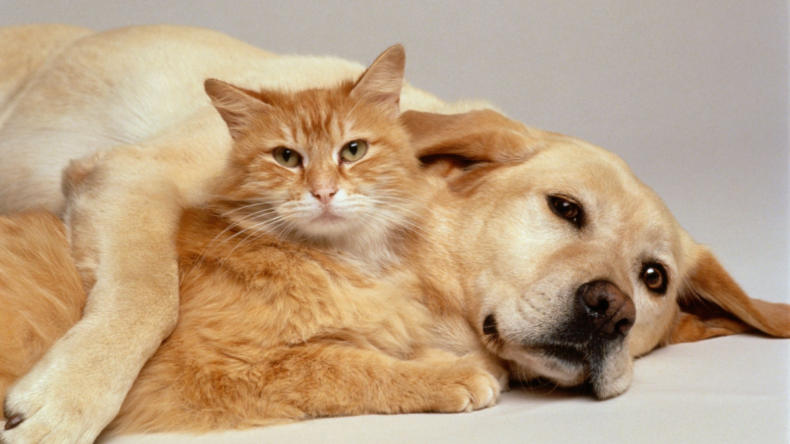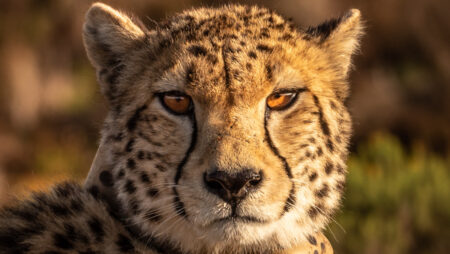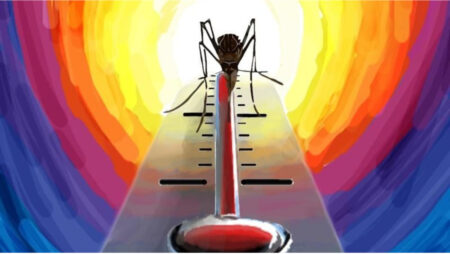Have you ever heard the expression “their fighting is just like that of cats and dogs” Cats and dogs have a lousy record for being adversarial indeed?
The food chain:
The food chain depicts the eating order of several species. Animals at the top of the food chain devour animals at the bottom.
Dogs are at the top of the food chain, while cats are at the bottom. This indicates that dogs in the wild may still consider cats to be their food.
There are a lot of dogs and cats who still lives in the wild today. We cannot tame them or keep them as a pet, even though long ago, humanity trained those wild dogs and cats to become domesticated pets through time.
Different styles of playing:
It can be more challenging to get along with two very different species. A dog would chase everything, and tracking the cat can be fun, but the cat will not understand that.
The cat gets irritated or believes the dog is attempting to harm it, so it flees, gets terrified, or tries to defend itself, resulting in a fight.
When two species share a living place, they are likely to quarrel or misunderstand each other at times, and they may be selfish and unwilling to share. It’s as if you and your brother are fighting over the same toy.
However, if you can teach a dog or a cat to appreciate and understand one another, they will almost certainly become buddies. The same is true for people like you and me.
The food fight:
Dogs and cats haven’t always had the same level of care as we do now. Dr John Bradshaw of the University of Bristol’s School of Veterinary Science tells how stray cats and dogs used to stalk the streets of Britain hunting for bits of food to survive.
Because dogs are derived from wolves, their innate pack instinct meant that if two dogs were fighting over food, one would naturally back down if they felt their opponent was more dominating.
On the other hand, Cats do not pack animals and are descended from lone predators. As a result, cats were generally hesitant while approaching food but less likely to back down after they had decided not to flee. As a result, when the two collide, they fight like “cats and dogs”.
Study reports:
In a rare study, researchers set out to investigate the connections between cats and dogs who shared the same home.
In an online survey of 748 homeowners from the United Kingdom, the United States, Australia, Canada, and Europe, more than 80% said their pets got along, with only 3% saying their cats and dogs couldn’t stand each other.
Despite the overall picture of peace, the poll found that cats were the most aggressive of the animals. According to homeowners, cats were three times more likely to threaten their canine housemates than vice versa and ten times more likely to injure them in a fight.
More than one-fifth of dogs reportedly picked up toys to display them to cats, compared to only 6% of cats doing the same for dogs.
The study was started by researchers at the University of Lincoln who wanted to know what made for pleasant cat-dog partnerships. They claim that as more pets of various species live, an amicable co-existence is vital for the welfare.
Will this ever change? Can they ever coexist?
The answer is Yes, they can. With the correct motivation, dogs and cats can coexist together. Puppies and kittens go through a’ socialization period‘ as they grow older, during which they can be taught proper behaviour.
They learn to recognize their mother and engage with members of their species, people – and, if required, cats or dogs- during this time. If there are no adverse effects, they will learn to coexist through this time.













